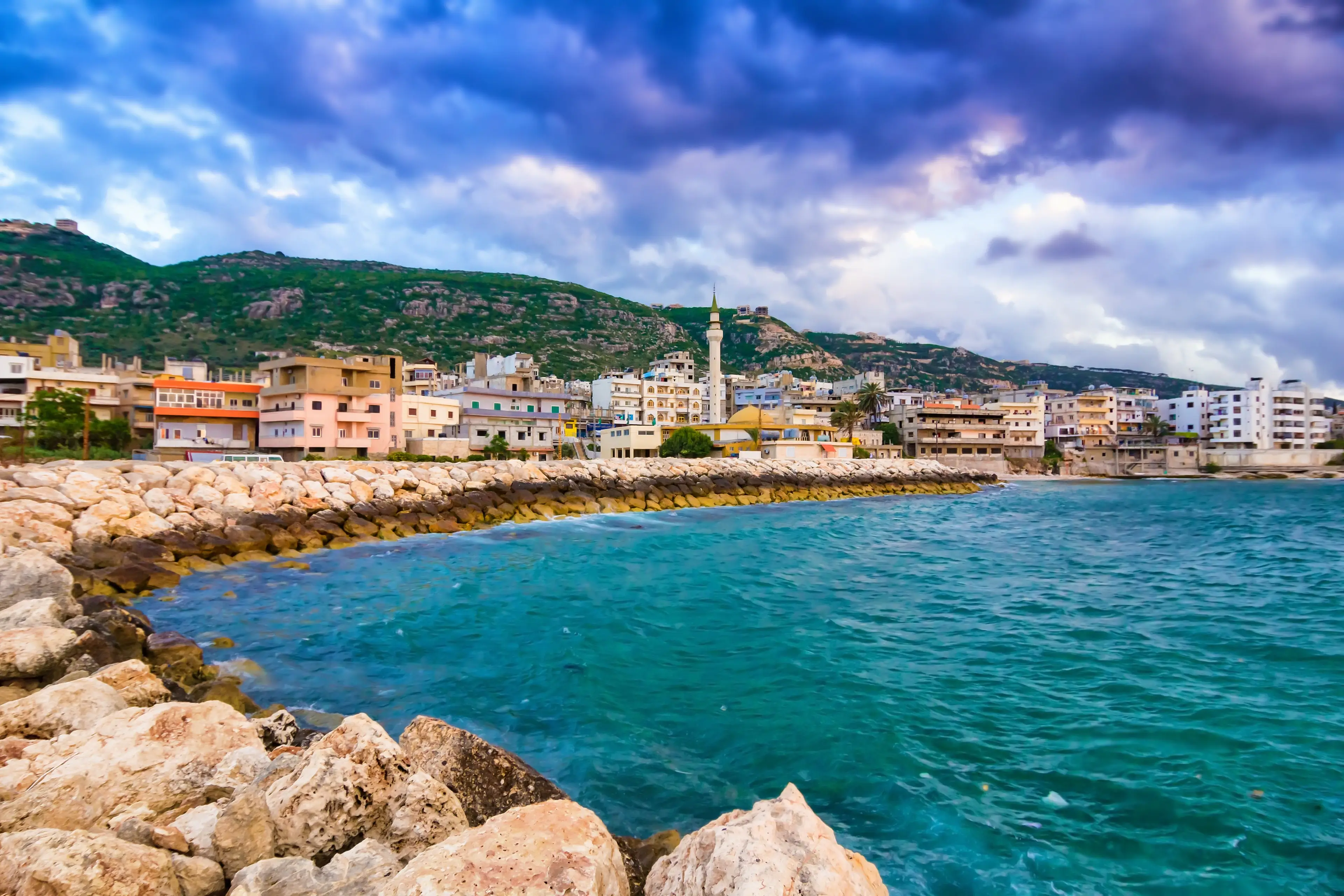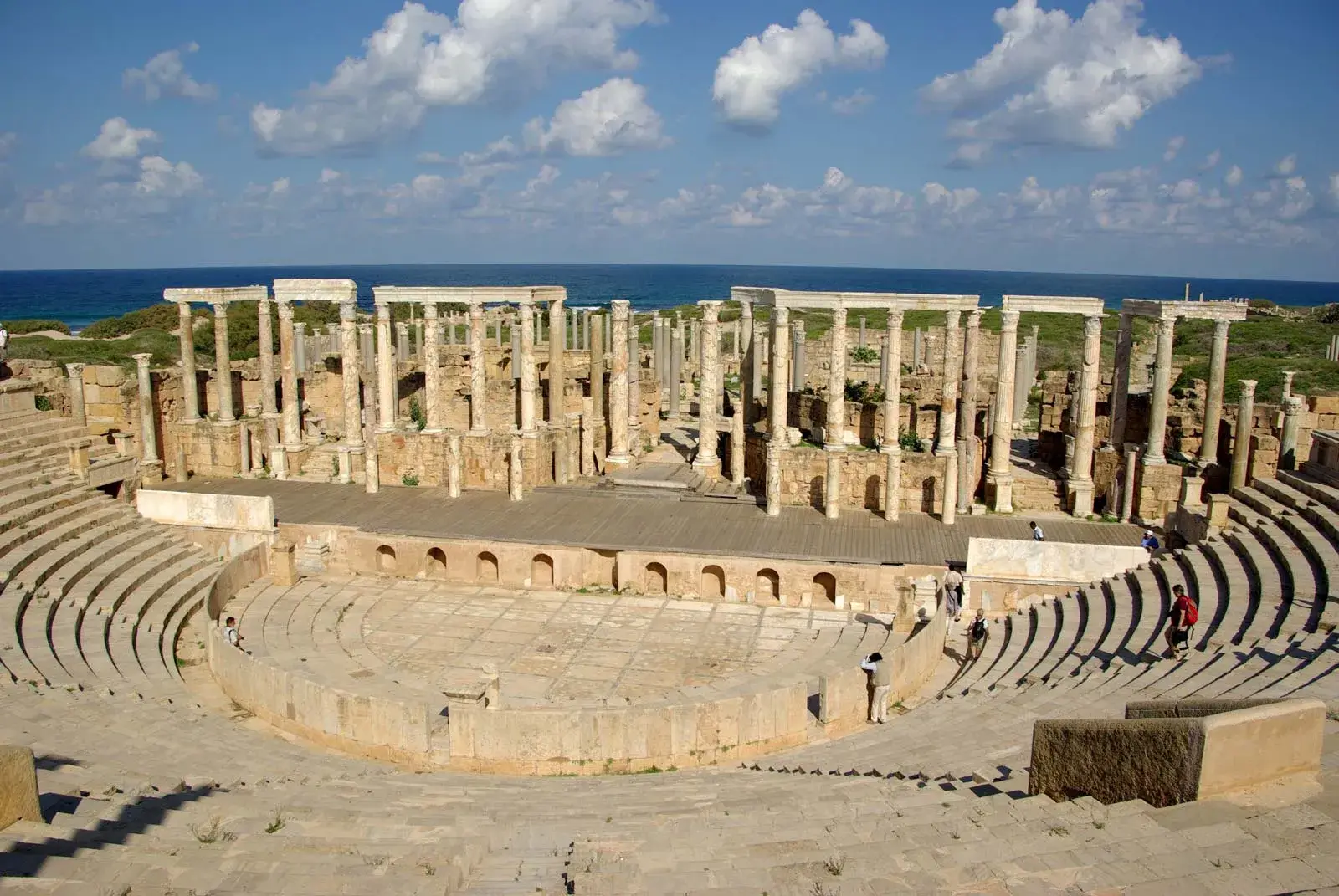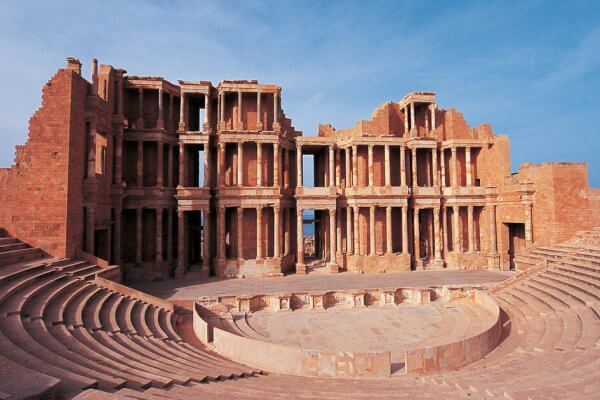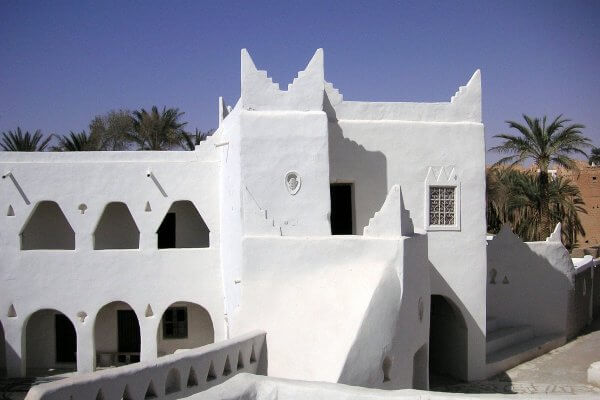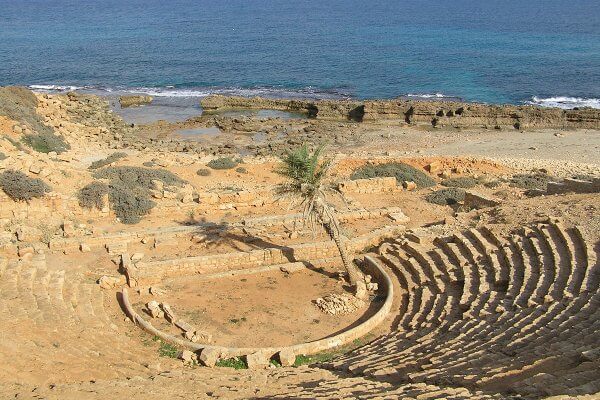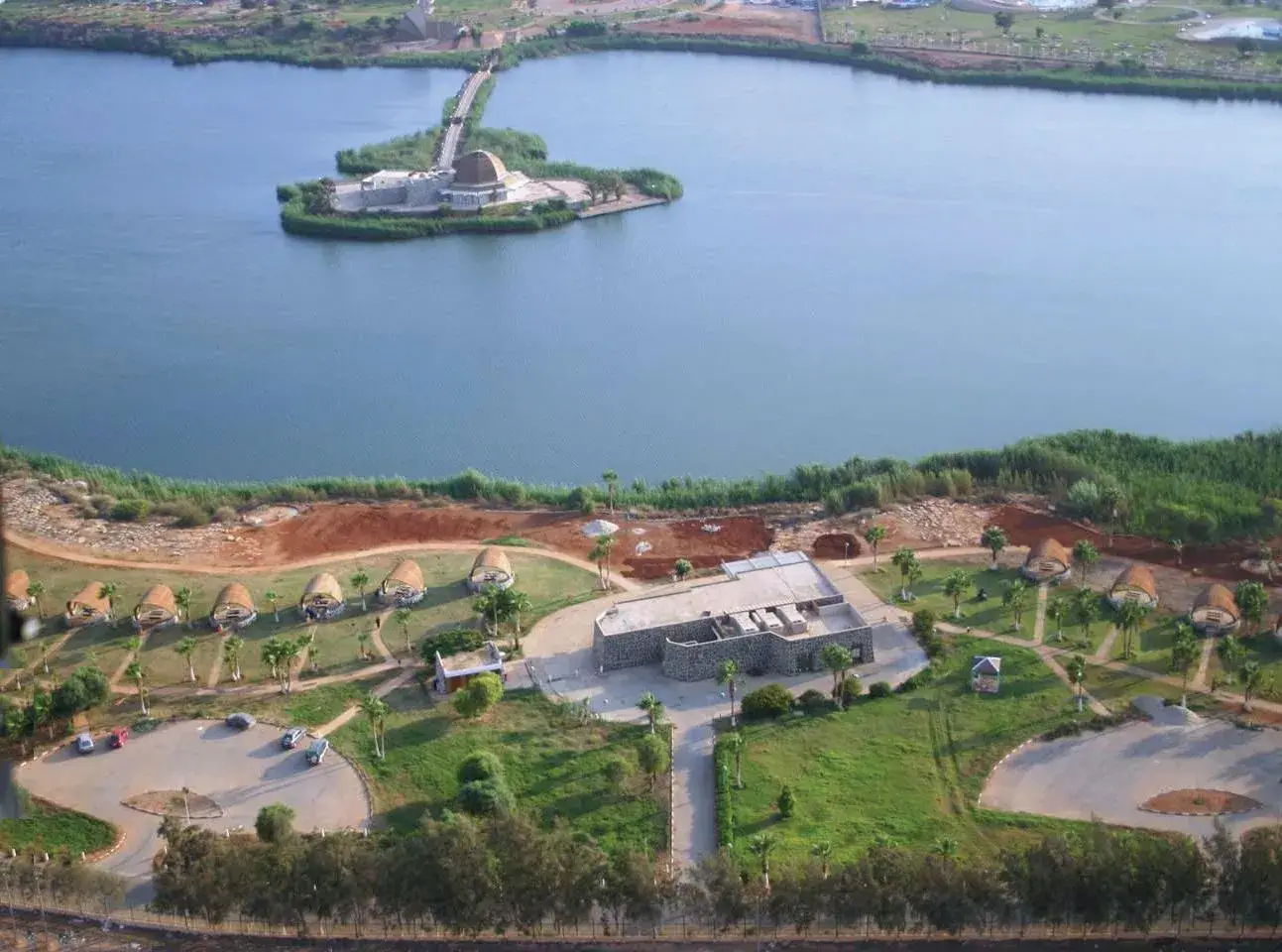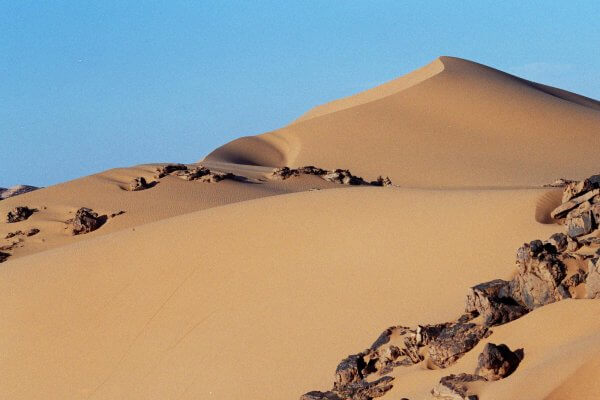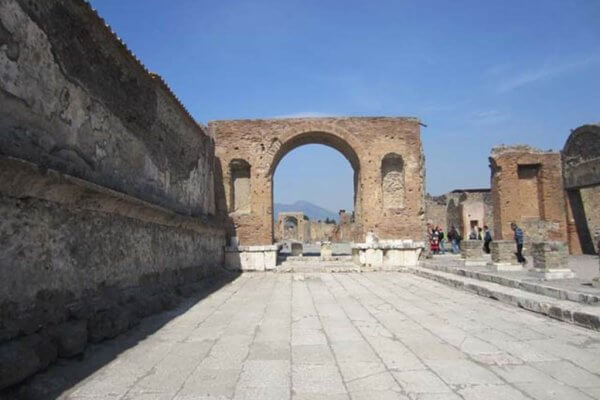The capital city of Libya, Tripoli, offers a fascinating blend of ancient history and modern culture. The city’s Old Town (Medina) is a UNESCO World Heritage site, featuring narrow streets, traditional architecture, and vibrant markets. Must-see attractions include the Red Castle (Assai al-Hamra), the Arch of Marcus Aurelius, and the Gurgi Mosque.
